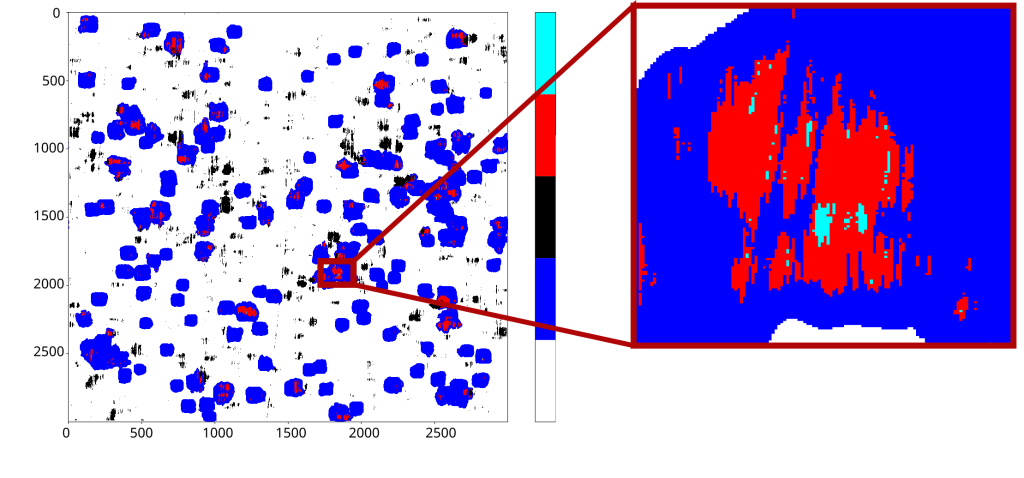In industry, managing friction is essential for forming complex parts and reducing energy consumption. This project, funded by the “Innosuisse- Swiss Innovation Agency,” explores the role of hydrostatic pressure from trapped lubricants in influencing the friction coefficient of rough surfaces.
Our goal is to get a better understanding of the friction coefficient. The study investigates how non-homogeneous distributions of lubricant pockets affect surface deformation, contact area, and overall frictional behavior, providing valuable insights for controlling friction in industrial systems.
Without fluid film, the lubricant can still cause rough contact problems as trapped lubricant pockets. Although these lubricants cannot flow, under normal pressure they can generate hydrostatic pressure. This hydrostatic pressure can bear a part of the applied normal load and deform the surfaces. Our research focuses on investigating how the non-homogeneous distribution of trapped lubricant pockets between rough surfaces influences deformation and traction fields. We aim to study how changes in this distribution affect the contact area and frictional behavior of materials.
